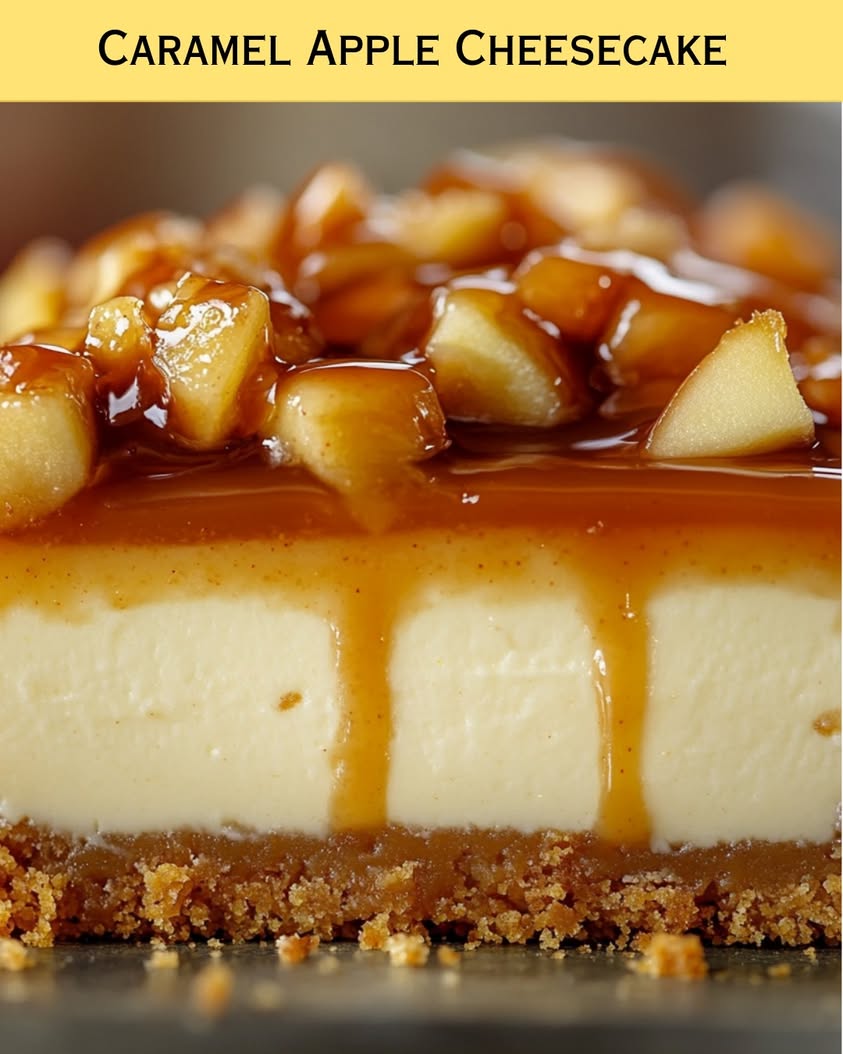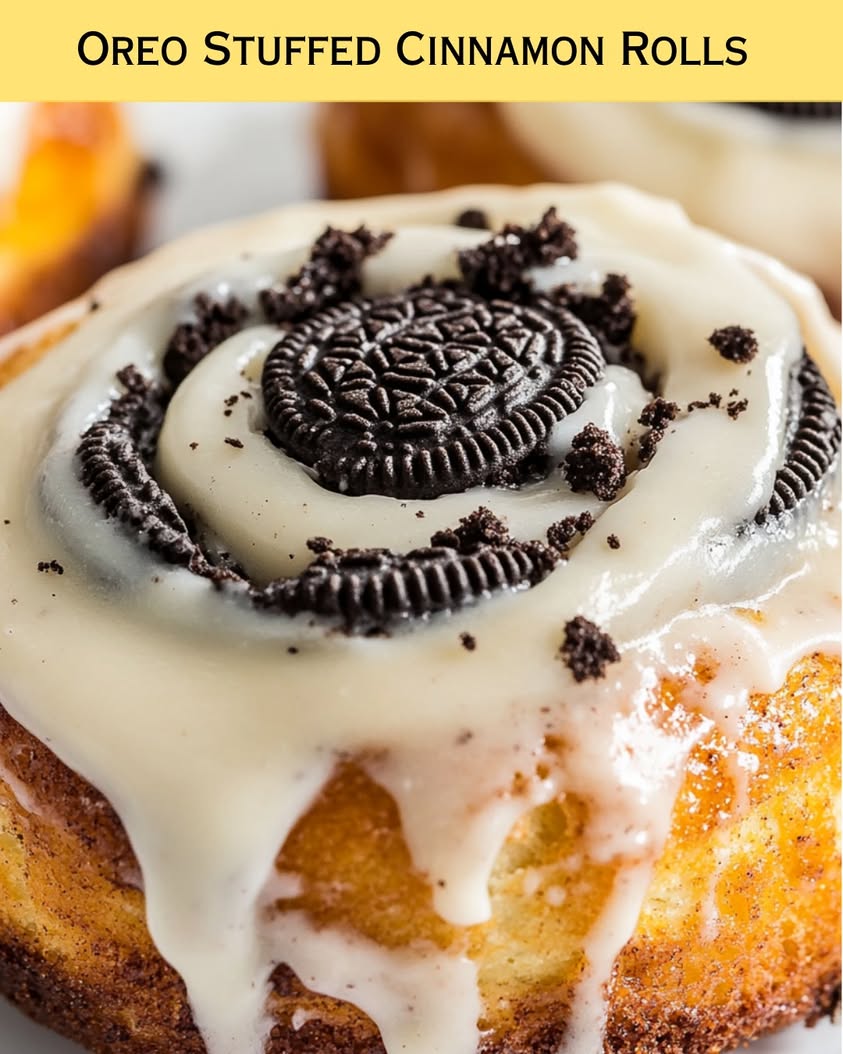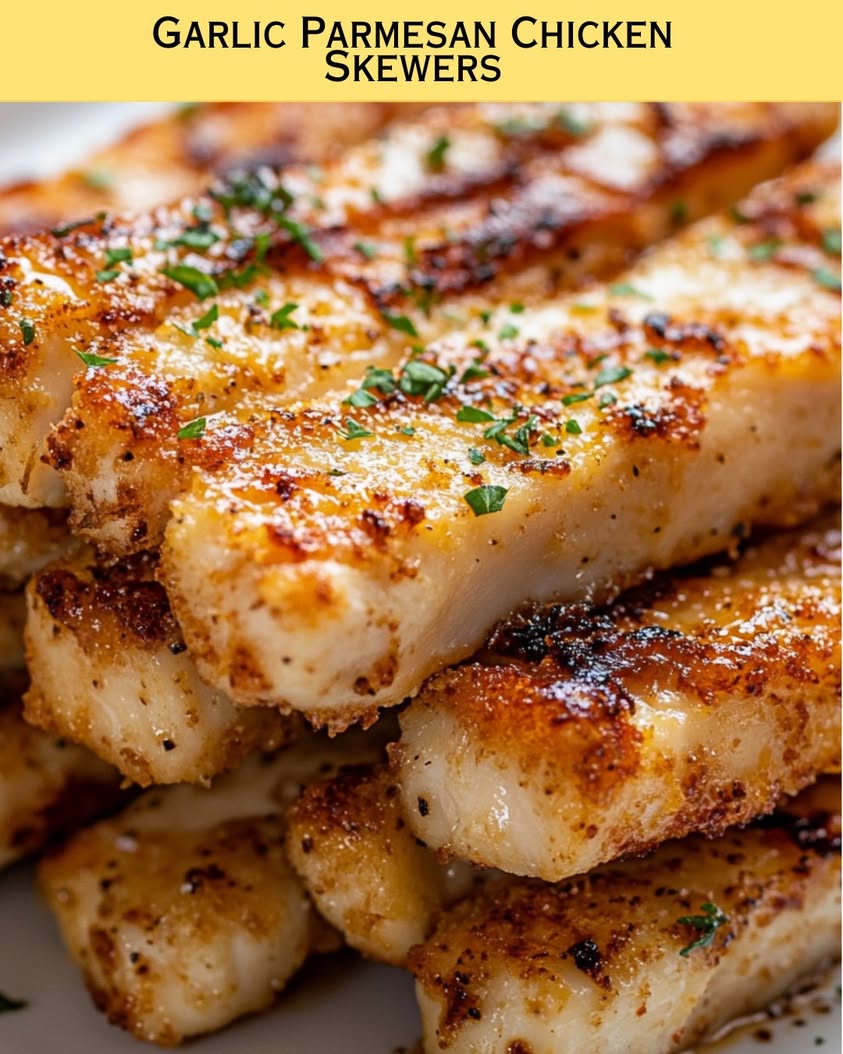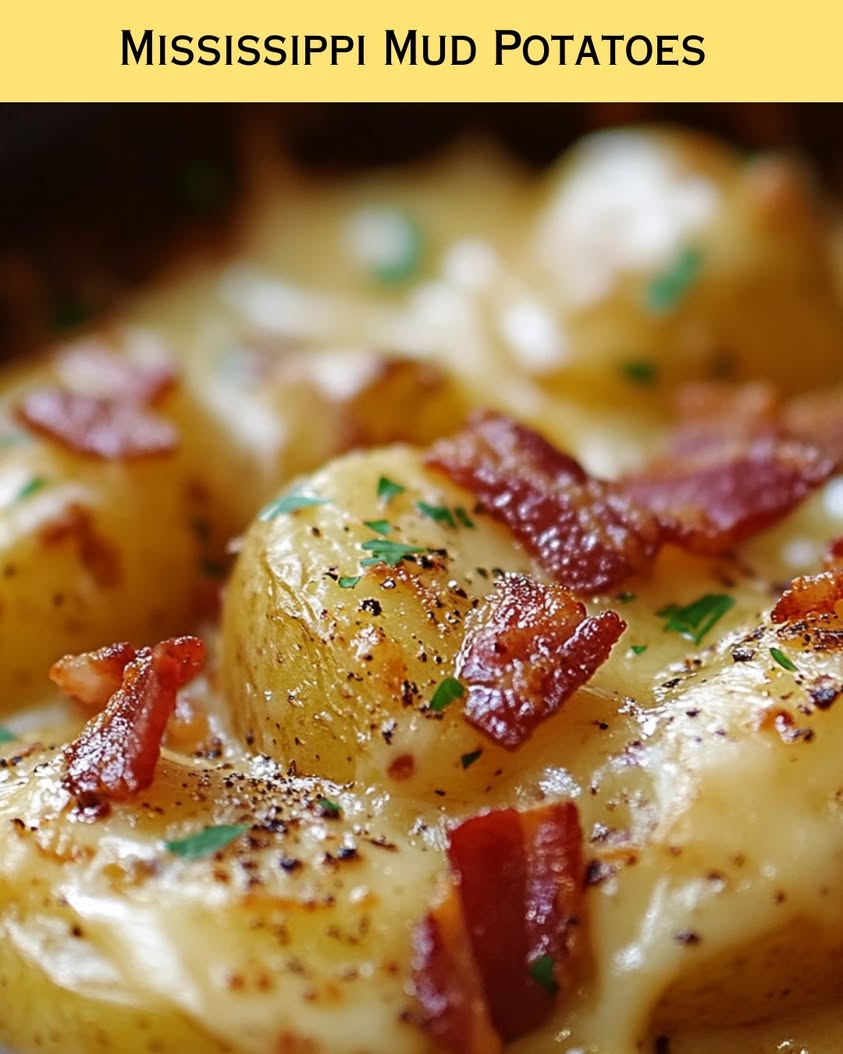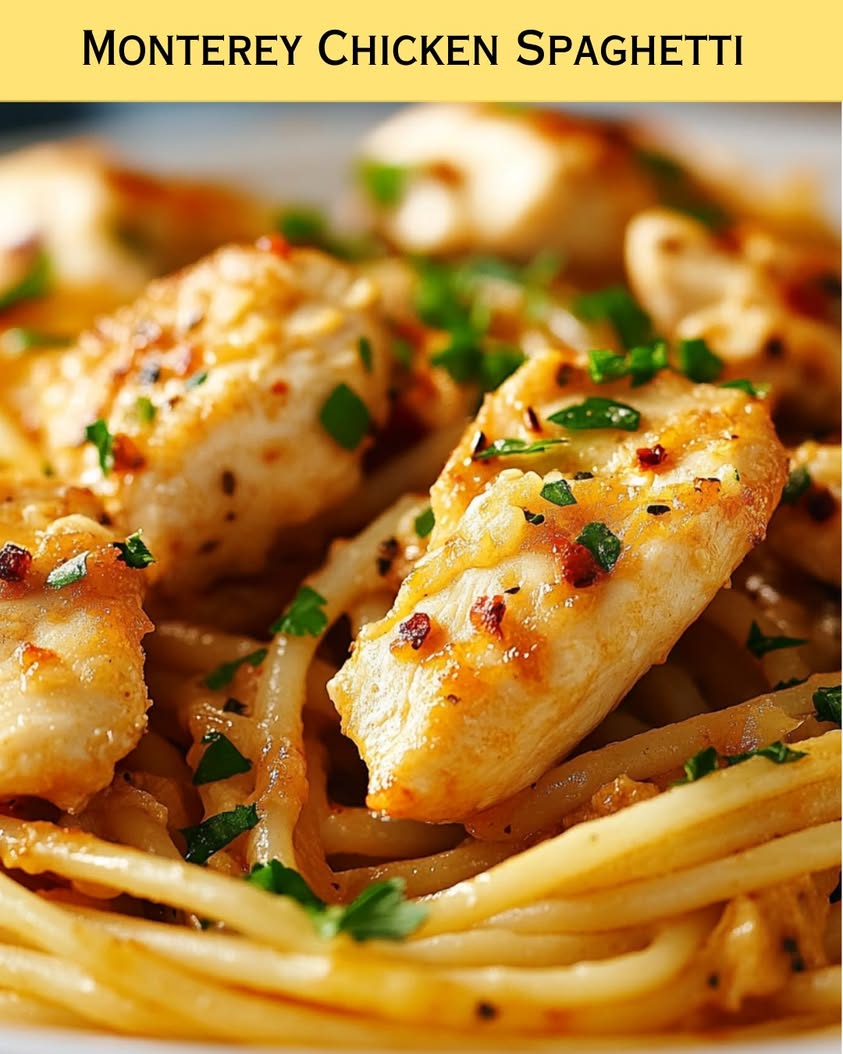Decadent Caramel Apple Cheesecake: A Fall Favorite
Get ready to indulge in the rich and creamy layers of this Caramel Apple Cheesecake that combines the tartness of freshly sliced apples with luscious caramel and a smooth cheesecake base. Picture a graham cracker crust, baked to perfection, holding a delightful filling that brings together classic autumn flavors. Every bite is a celebration of autumn, and our Caramel Apple Cheesecake is sure to grab the attention of friends and family, making it a must-have at your next gathering.
This cheesecake doesn’t just appeal with its sumptuous taste; its visuals are captivating too. Golden brown caramel drizzled over the cheesecake, accented with apple slices, creates an inviting dessert that you’ll want to share. Whether it’s a holiday feast, a cozy fall dinner, or a festive potluck, this dessert fits right in and is bound to become a treasured tradition in your recipe collection.
Quick Recipe Highlights
- Flavor Profile: The combination of sweet caramel, tart apples, and creamy cheesecake creates a perfect harmony of flavors that perfectly captures the essence of fall.
- Texture: This dessert features a crunchy crust, a creamy filling, and smooth caramel, creating a satisfying contrast in every bite.
- Aroma: The fragrant notes of baked apples and warm caramel fill your kitchen, making it nearly impossible to resist.
- Visual Appeal: Drizzled caramel over the cheesecake, garnished with apple slices, provides an inviting and beautiful presentation.
- Skill Level Needed: While it requires some technique to assemble, the steps are straightforward enough for those with moderate baking skills.
- Special Equipment: A springform pan is essential for creating the perfect cheesecake, along with a quality mixer for blending the filling.
Recipe Overview
- Difficulty Level: This Caramel Apple Cheesecake falls into the medium difficulty category, making it accessible for those who have a grasp of basic baking skills and techniques.
- Category: Perfect for desserts, this cheesecake can also be enjoyed as a sweet breakfast treat paired with a cup of coffee.
- Cuisine: Influenced by classic American desserts, this recipe highlights the beautiful flavors of fall through simple yet bold ingredients.
- Cost: The overall cost is quite reasonable given the quality of ingredients needed, typically coming in under $20.
- Season: Best enjoyed during the fall, when apples are in season, this dessert captures the essence of the harvest.
- Occasion: Ideal for Thanksgiving, birthdays, and festive gatherings, it’s sure to impress any crowd.
Why You’ll Love This Recipe
The robust flavors of the Caramel Apple Cheesecake meld beautifully, providing a taste experience that is both indulgent and satisfying. Each layer offers something special: the crust provides a crunchy texture, the filling gives a creamy mouthfeel, and the caramel adds a sweet finish. Your taste buds will delight in this pleasant play of flavors and textures.
Preparation is straightforward with just a few steps. You can prepare it ahead of time, allowing you more leisure to enjoy the gatherings during the holidays. The simplicity of the process makes it perfect for novice bakers or seasoned chefs alike who appreciate a deliciously easy dessert.
This mouthwatering cheesecake provides a good balance of flavors and nutrients while using wholesome ingredients you’re proud to serve. With fresh apples and quality cream cheese, this dessert is a source of joy without compromising on health.
Sharing this dessert creates memorable moments, making it an excellent choice for family events or gatherings with friends. Serve slices alongside hot coffee or spiced cider, and watch how its presence elevates the entire occasion.
Economically, this dish is accessible, with ingredients that won’t break the bank. Plus, it’s easy to make in larger batches, so you can enjoy its delightful taste and share it with many!
Historical Background and Cultural Significance
Cheesecake’s origins trace back to ancient Greece, where it was considered a delicacy in many cultures. The combination of apples and caramel in desserts emerged as seasonal flavors in American kitchens, particularly during fall harvests. This Caramel Apple Cheesecake beautifully marries this rich history with modern tastes, making it an enduring favorite.
In America, apple desserts have long been celebrated, symbolizing the harvest season, and this cheesecake plays a significant role during autumn festivities. Its evolution over the years reflects changing tastes while preserving a comforting quality that resonates with many people.
This recipe has become a staple in many households, signifying togetherness and celebration during family gatherings. The cultural importance of cheesecake remains robust, with variations seen across the country, from New York-style to Southern versions.
Today, as kitchens embrace creativity, desserts like the Caramel Apple Cheesecake modernize traditions while honoring the past. Many bakers add their flair, ensuring the recipe evolves yet remains timeless, cherished by all.
Ingredient Deep Dive
Apples: Apples have long been integral to various cultures, symbolizing health and nourishment. They are rich in fiber and antioxidants. When choosing apples for your cheesecake, opt for firm varieties like Granny Smith or Honeycrisp, and store them apples in a cool, dark place. If looking for alternatives, pears can achieve a similar result.
Caramel: Originating in the Middle East, caramel has become a beloved sweetener worldwide. It’s high in sugar, so moderation is also key. When selecting caramel for your dessert, consider homemade versus store-bought to control the quality. Homemade can add a touch of refinement, while store-bought offers convenience.
Cream Cheese: A staple in American cheesecakes, cream cheese adds creaminess and stability to the filling. It is an excellent source of calcium and vitamin A. Always choose full-fat options for a richer consistency, and ensure proper storage to maintain freshness. You may substitute with ricotta cheese for a less tangy flavor.
Graham Crackers: Originally a way to promote healthy eating, graham crackers have evolved into a favorite dessert crust ingredient. They provide crunch and sweetness to balance the creaminess of the cheesecake. Cereal or cookie alternatives can be used for varied flavors, and feel free to experiment with different types of sweet crackers.
Common Mistakes to Avoid
- Not softening cream cheese properly: Ensure it’s at room temperature for a smooth batter.
- Overmixing the batter: Overmixing can introduce too much air, resulting in cracks in the cheesecake. Mix just until combined.
- Skipping the water bath: Using a water bath helps to create steam, providing even baking and preventing cracking.
- Opening the oven door too soon: This can cause temperature fluctuations that affect cheesecake consistency. Avoid peeking until near the end of baking.
- Not cooling gradually: Rapid cooling can lead to cracks; allow the cheesecake to cool in the oven before transferring to the fridge.
- Underbaking: Ensure your cheesecake has slightly jiggly edges; it will continue cooking off-heat.
- Not letting it chill long enough: Allow at least four hours to a full day for the flavors to meld.
- Using unmeasured ingredients: Be precise with measurements to ensure the desired texture and flavor.
- Not prepping the pan properly: Grease or line the pan for easy removal without damaging your cheesecake.
- Ignoring ingredient temperature: Cold ingredients can cause clumping and uneven textures.
Essential Techniques
Water Bath Method: This technique is crucial for baking cheesecake evenly. It creates a humid environment that helps prevent the cheesecake from drying out or cracking. To master it, wrap your springform pan with aluminum foil before placing it in a larger pan filled with water. Ensure the water reaches halfway up the sides. Look for a set filling with a slight jiggle in the center when it’s done.
Making a Smooth Batter: Achieving a creamy, lump-free batter is essential in cheesecake making. Start with softened cream cheese and mix on low speed, gradually increasing to medium until just combined. Watch for texture; you want it silky and smooth, not aerated. The result will yield a velvety filling, enhancing the overall experience.
Pro Tips for Perfect Caramel Apple Cheesecake
1. Always use fresh, seasonal apples for the best flavor and texture.
2. For extra depth, try adding a pinch of cinnamon or nutmeg into the cheesecake filling.
3. Make sure all your ingredients are at room temperature for a smoother batter.
4. Drizzle extra caramel over the cheesecake just before serving for a delightful finish.
5. If using homemade caramel, allow it to cool before drizzling.
6. Slice the cheesecake with a warm knife for clean cuts and beautiful presentations.
7. Serve with whipped cream or ice cream to add a new layer of richness.
8. For added flair, sprinkle chopped nuts on top for a delicious crunch.
Variations and Adaptations
You can personalize your Caramel Apple Cheesecake based on your audience and dietary needs. Consider adding sautéed pecans or walnuts for an extra crunchy texture element. Seasonal adaptations include using pears or peaches when apples aren’t in season, immediately transforming the flavor profile.
If accommodating dietary restrictions, explore options such as gluten-free crusts made from almond flour or using dairy-free cream cheese alternatives for lactose intolerance. Layers of fruit can also be incorporated below the cheesecake layer for added presentation and flavor.
Experimenting with different flavors, like spiced caramel or chocolate drizzles, can also elevate the dish. Explore unique texture modifications by making it a no-bake cheesecake for a lighter, creamier consistency.
For seasonal presentations, consider creating mini cheesecakes in muffin tins, garnished with a slice of apple for an easy grab-and-go dessert. This provides a fun twist to the classic cheesecake while maintaining its fabulous tastes.
Serving and Presentation Guide
Presentation is key when serving this delightful dessert. Use a clean knife to slice the cheesecake into even portions, and place each piece on a simple dessert plate. A dollop of whipped cream on the side, along with sprigs of mint or cinnamon sticks, elevates the overall look.
Garnishing with thin apple slices or toffee bits adds a rustic, inviting touch. Drizzle extra caramel sauce over the cut piece just before serving to enhance flavor and visual appeal. If preparing for a festive occasion, consider serving on a decorated cake stand to add style.
Temperature matters; serve the cheesecake slightly chilled to enjoy its creamy texture fully. Inform guests of portion sizes to help control servings, especially when preparing for larger gatherings.
Wine and Beverage Pairing
Pair your Caramel Apple Cheesecake with dessert wines like a rich late harvest Riesling or a sweet Moscato, both of which complement the sweetness and richness of the dessert excellently. Their acidity can balance out the creaminess of the cheesecake, allowing the apple and caramel flavors to come through more brightly.
For non-alcoholic options, consider spiced apple cider or a warm vanilla chai latte. These warm beverages harmonize beautifully with the fall flavors in the cheesecake, making for a cozy dessert experience. Offering coffee or herbal teas can also enhance the enjoyment, catering to all preferences.
Storage and Shelf Life
To ensure optimal freshness, store leftover Caramel Apple Cheesecake in an airtight container in the fridge for up to five days. It’s best served chilled, so there’s no need to reheat unless desired. For longer storage, you can freeze slices wrapped tightly in plastic wrap, followed by foil, for up to three months.
Check for signs of spoilage such as unpleasant smells or discoloration before consuming. For a quick reheat, thaw overnight in the refrigerator and serve it cold or at room temperature for the best flavor.
Make Ahead Strategies
Preparing the Caramel Apple Cheesecake in advance allows flavors to meld beautifully. Aim to make the cheesecake the day before your event, allowing it to chill in the refrigerator overnight. This also gives you time to experiment with different toppings and presentation methods on the day of serving.
Store each component separately if you’re making caramel or apple filling ahead of time, ensuring they maintain their textures. Assemble the cheesecake a few hours before serving to allow it to reach the perfect serving temperature.
Consider leaving off garnishes such as caramel drizzle or whipped cream until just before serving to maintain freshness and presentation quality.
Scaling Instructions
For smaller or larger gatherings, you can easily scale the Caramel Apple Cheesecake recipe. Halving the recipe is as simple as dividing each ingredient by two while maintaining the same cooking time.
If doubling or tripling the recipe, consider using larger springform pans and adjust cooking time based on the depth of the batterpan. Test for doneness using the gentle jiggle method.
For larger quantities, ensure you have enough fridge space to accommodate everything. Store any extras as individual slices for easy serving later.
Nutritional Deep Dive
A slice of Caramel Apple Cheesecake provides a well-rounded dessert experience, offering a dense source of energy mainly from carbohydrates and fats. The entire dessert is filling yet satisfying, making it an ideal treat for special occasions rather than everyday desserts.
This recipe can be tweaked to improve its nutritional profile, focusing on portions and ingredient quality. Serving with fruit or nuts can add fiber and nutrients, making it a balanced option for a dessert.
Dietary Adaptations
Dietetary modifications ensure that everyone can enjoy this delightful dessert. For gluten-free versions, utilizing gluten-free graham crackers or nut-based crusts achieves similar flavors and textures. Dairy-free variations typically involve substituting cream cheese for plant-based options available in stores.
Vegan adaptations can be accomplished by using cashew cream or tofu mixed with maple syrup, providing a creamy texture without animal products. For those mindful of carbs, consider reducing the sugar and utilizing low-carb alternatives for sweetness.
Keto and paleo diets can also accommodate this recipe by selecting appropriate sweeteners and maintaining the focus on wholesome ingredients solely.
Troubleshooting Guide
If your cheesecake turns out too dense, ensure you are incorporating the ingredients gently and not overmixing them, which can lead to a heavy texture. If cracks appear on the surface, know that this typically results from temperature fluctuations – ensure you’re using a water bath and cooling gradually.
For overly sweet cheesecakes, consider adjusting the level of caramel added; you can always add more but can’t take it away. If you find a flavor imbalance, a touch of acidic lemon juice can help balance sweetness without changing the dessert drastically.
Timing is also crucial; keep an eye on the cheesecake as it bakes. Utilizing an accurate thermometer can guide you to optimal results.
Recipe Success Stories
Feedback from the community has highlighted the Caramel Apple Cheesecake as a crowd favorite, with many noting its delectable flavors and impressive presentation. Recipe variations have evolved through collaboration, including chocolate crust additions and alternative fruit toppings.
Readers have shared how this cheesecake became the star of their holiday feasts, often inspiring others to dive into baking. Photography tips have also surfaced, as capturing the beauty of this dessert on camera showcases its appeal and inspires others to recreate it.
Frequently Asked Questions
A: Absolutely! While apples are traditional, consider using pears, peaches, or even berries for a unique twist.
Q: How can I tell when the cheesecake is done baking?
A: The edges should be set, while the center remains slightly jiggly. It will continue to firm up as it cools.
Q: Is it necessary to cool the cheesecake in the oven?
A: Yes, this gradual cooling helps prevent cracks and ensures a smooth top.
Q: Can this cheesecake be made ahead of time?
A: Definitely! It’s best to make it a day in advance to let the flavors develop and chill properly.
Q: How do I store leftovers?
A: Store any leftovers in an airtight container in the fridge for up to five days. You can also freeze slices for later enjoyment!
Q: Can I make a smaller version of this cheesecake?
A: Yes! Simply cut all ingredients in half and use a smaller springform pan.
Q: What can I use instead of cream cheese?
A: Alternatives include ricotta cheese or plant-based cream cheese for dairy-free options.
Q: How can I enhance the caramel flavor?
A: Consider adding a touch of caramel extract to the batter or using a darker caramel for deeper flavor.
Q: What’s the best way to serve this cheesecake?
A: Slice and serve chilled with extra caramel or whipped cream on top for a beautiful presentation.
Q: Can I add spices to the cheesecake?
A: Yes! A sprinkle of cinnamon or nutmeg can add warmth and enhance the autumn flavors.
Additional Resources
Explore other fall-inspired recipes that celebrate the flavors of autumn. Consider trying pumpkin spice desserts or pecan pies that complement the Caramel Apple Cheesecake wonderfully. Additionally, brush up on baking techniques and tips that can bolster your confidence in the kitchen.
For ingredient insight, dive into various types of apples available in local markets and their best uses in desserts. It’s a fun way to get creative, transforming seasonal produce into delightful baked goods.
Join the Conversation
Engage with fellow baking enthusiasts through social media; share your Caramel Apple Cheesecake creations and variations using your favorite hashtags. Connect around shared experiences, feedback, and tips that can further enrich your culinary journey!
We welcome photography submissions, recipe reviews, and your own version of this classic cheesecake. Let’s keep the deliciousness flowing, sharing creativity and joy through the art of baking!
The Recipe
Caramel Apple Cheesecake
Serves: 12
Prep Time: 30 mins
Cook Time: 60 mins
Total Time: 90 mins
Kitchen Equipment Needed
- Large mixing bowl
- Springform pan
- Electric mixer
- Measuring cups and spoons
- Spatula
- Oven-safe large baking dish for water bath
Ingredients
- 1 ½ cups graham cracker crumbs
- ½ cup unsalted butter, melted
- 3 (8 oz) packages of cream cheese, softened
- 1 cup granulated sugar
- 3 large eggs
- 1 tablespoon vanilla extract
- 2 cups apples, peeled and sliced
- 1 cup caramel sauce
- Cinnamon and nutmeg, to taste (optional)
Directions
- Preheat the oven to 325°F (160°C).
- In a mixing bowl, combine graham cracker crumbs and melted butter. Press mixture firmly into the bottom of a springform pan to form a crust.
- In another bowl, beat cream cheese until smooth. Gradually add sugar and mix until combined.
- Add eggs one at a time, mixing well after each addition, followed by the vanilla extract.
- Fold in sliced apples and, if desired, sprinkle in cinnamon and nutmeg.
- Pour the filling into the prepared crust and smooth the top with a spatula.
- Place the springform pan in a larger baking dish and surround it with hot water, creating a water bath to prevent cracking.
- Bake for 60 minutes or until edges are set and center is slightly jiggly.
- Turn off the oven and leave the cheesecake inside for 1 hour to cool gradually.
- Remove the cheesecake from the oven and refrigerate for at least 4 hours or overnight.
- Before serving, drizzle caramel sauce over the cheesecake and garnish with extra apple slices if desired.
Recipe Notes
- For added caramel flavor, consider incorporating caramel extract.
- This cheesecake can be made a day ahead for enhanced flavor.
- Store leftovers in an airtight container in the fridge for up to 5 days or freeze for up to 3 months.
- Experiment with different fruits for varied tastes!
